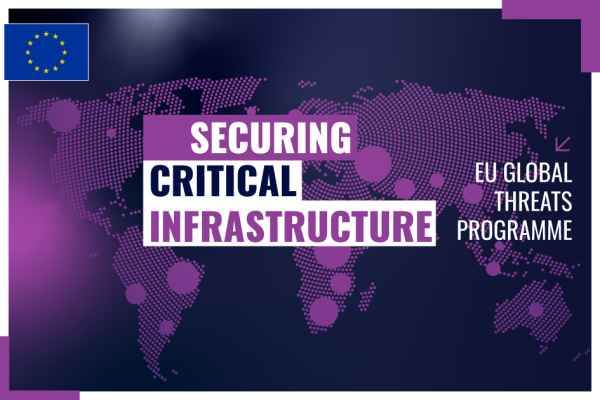Today’s security landscape is marked by volatility, complexity and convergence. Threats are no longer isolated; they are transnational and multi-dimensional in nature.
From CBRN risks, sophisticated cyberattacks, organised crime networks, and terrorism, to climate-driven instability and resource competition, these threats transcend borders, evolve rapidly, and are mutually reinforcing. Geopolitical shifts and technological advancements have also reshaped the risk environment, demanding a proactive and integrated response.
Many of these challenges and threats originate outside the EU’s borders, yet their impacts are felt globally, including across Europe. They often exploit vulnerabilities in governance, critical infrastructure, and environmental systems, crossing borders faster than our traditional response mechanisms.
The European Union’s approach goes beyond reactive measures. It is about anticipating risks and acting in partnership with countries across the globe, often standing at the forefront of these threats and challenges.
The EU Global Threats programme embodies this vision by delivering tailored, agile, and forward-looking support to countries and communities grappling with security risks.
Security is the foundation of everything. By building mutual resilience with our partners and reinforcing preparedness, the EU Global Threats programme is working for a Safer together world.
Through the EU Global Threats programme, the EU works with its partners to help them identify and address security challenges, strengthen preparedness, and support long-term peace and resilience.
Each threat area is grounded in this approach. Together, they represent the key pillars of our work to help partner countries confront evolving risks and build their own capacity to respond.
Explore the five threat areas that guide the EU Global Threats programme’s action.

Building resilience to radicalisation, supporting local communities, improving law enforcement cooperation and addressing online radicalisation.

Supporting countries to prevent, detect and respond to threats involving chemical, biological, radiological and nuclear materials, agents or installations, whether from accidents, hazards or deliberate attacks.

Disrupting criminal networks along illicit routes while reinforcing border controls, fostering cross-border cooperation, exchange of information and intelligence.

Safeguarding essential systems, from transport hubs and maritime routes to digital networks, against physical and cyber threats that can disrupt lives and economies.

Tackling the impact of climate change and environmental degradation on peace and security in vulnerable regions, from conflict over resources to climate-driven displacement and destabilisation.
